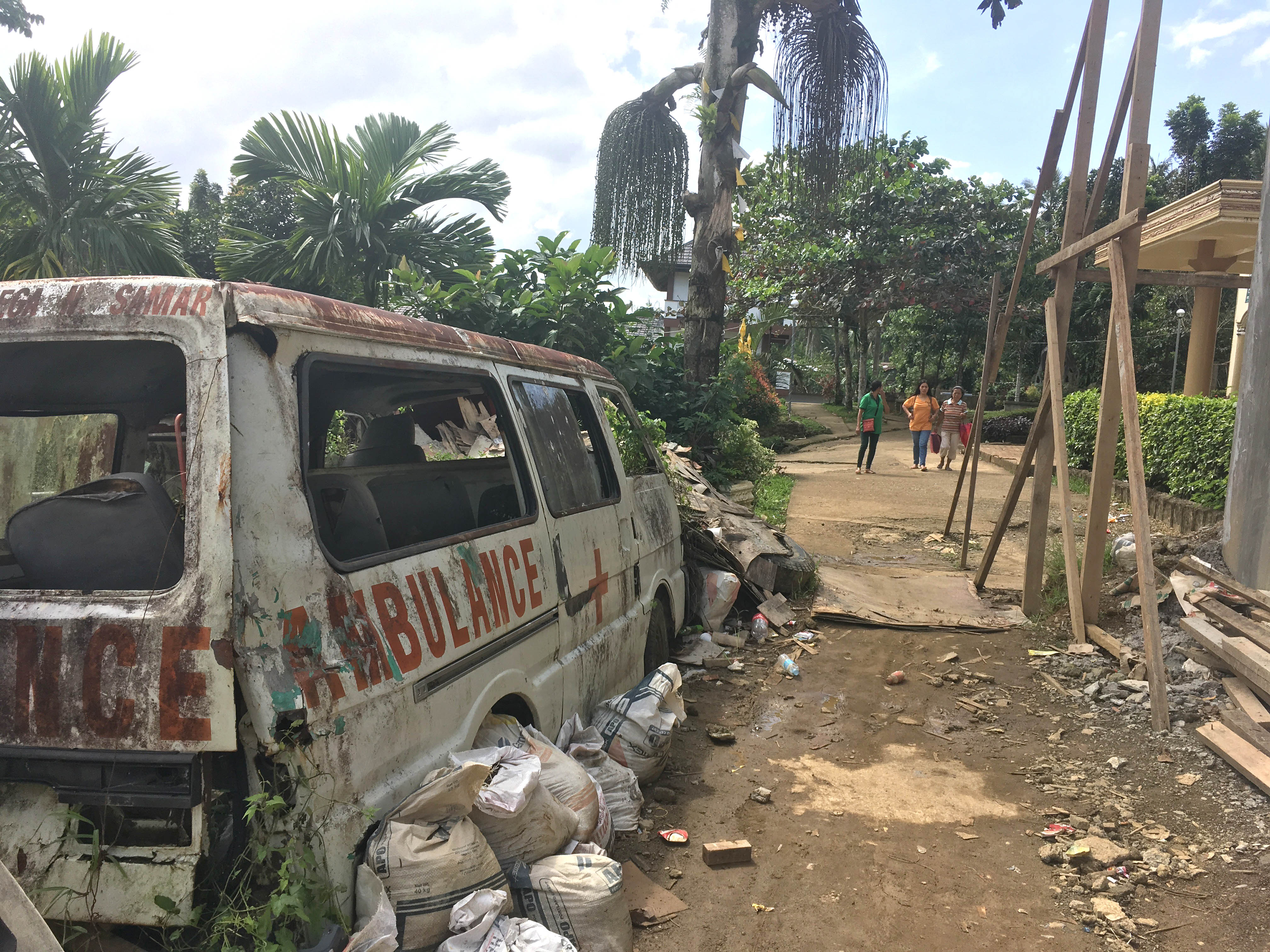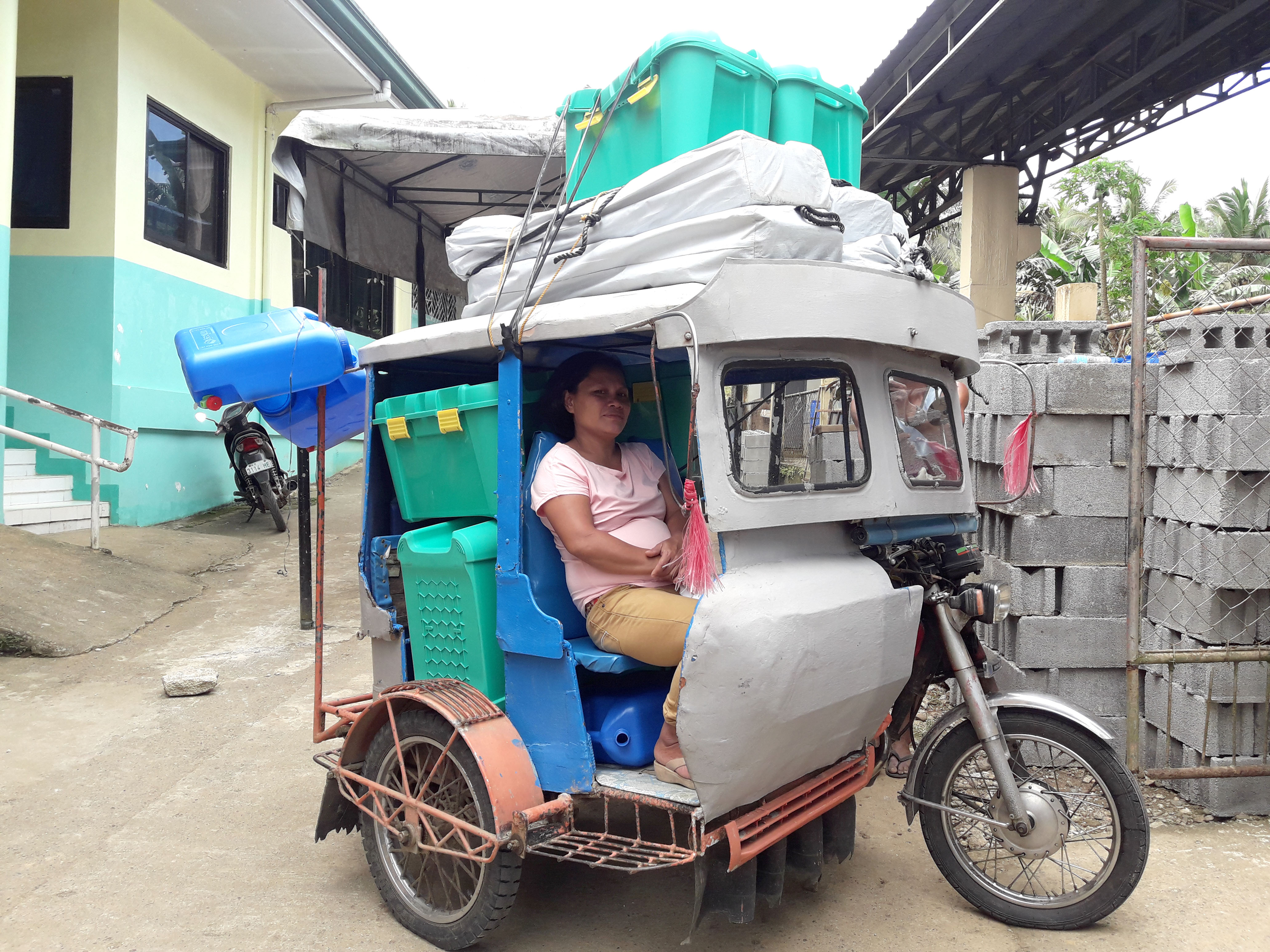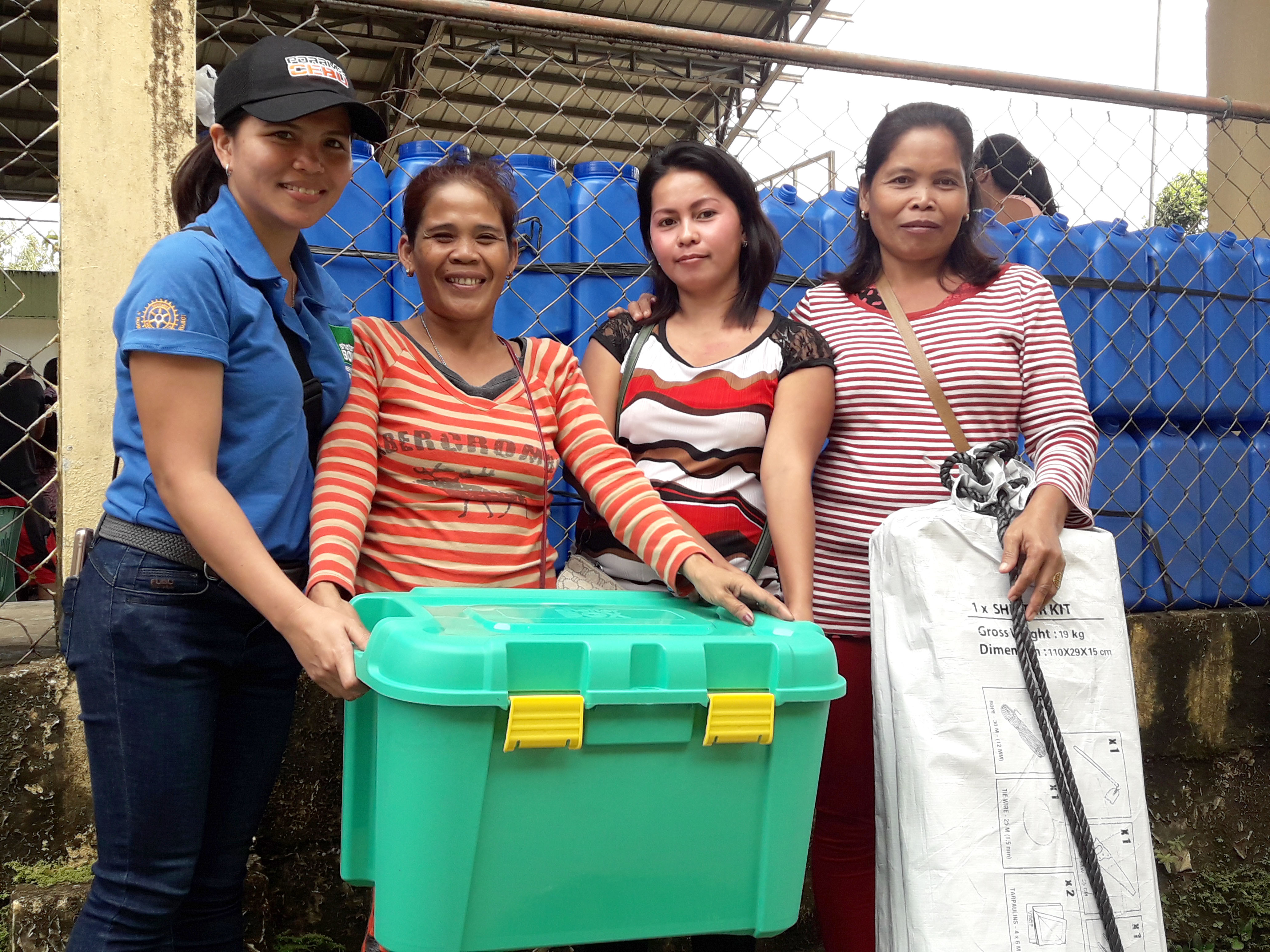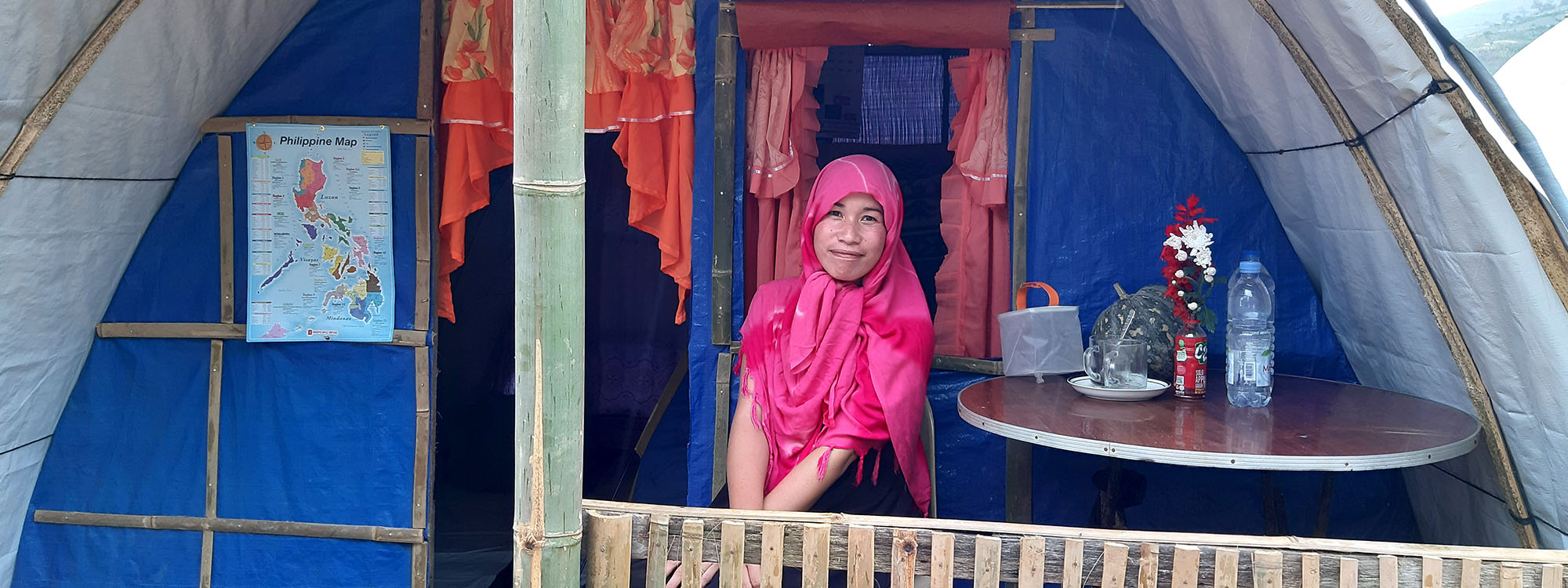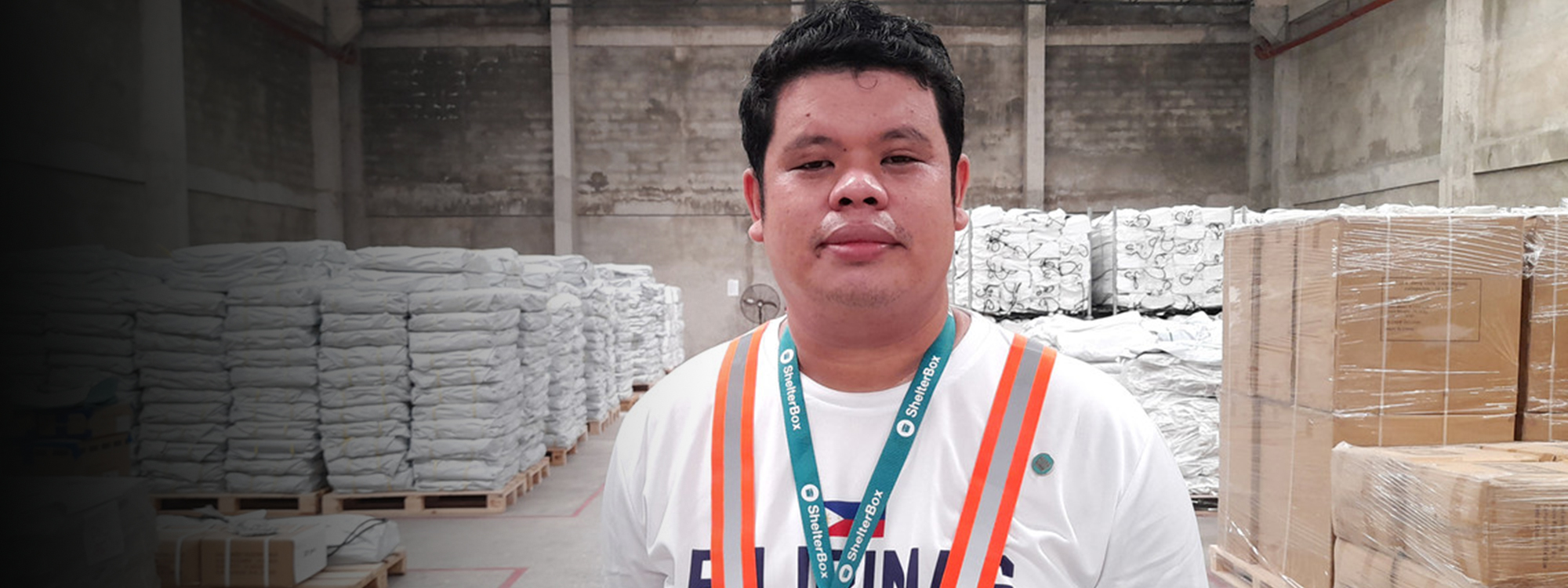What we learned after opening ShelterBox Operations Philippines
In 2017, ShelterBox Operations Philippines (SBOP) was established as a locally registered NGO that is supported by ShelterBox Operations HQ in the UK. SBOP allows us to store aid items in-country so that we can respond and distribute quickly and efficiently within the country, as soon as disaster strikes.

